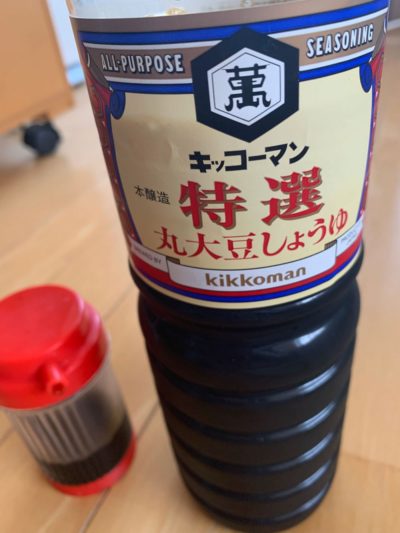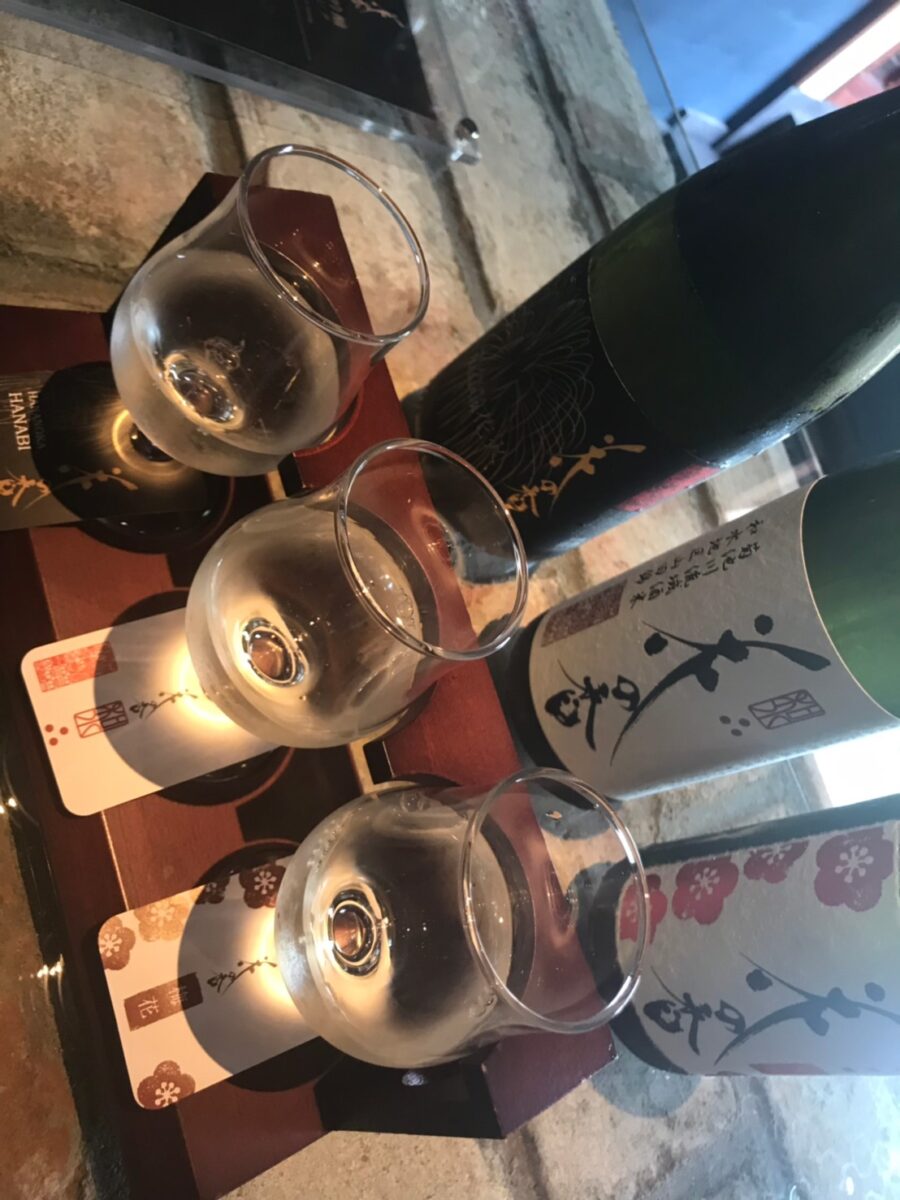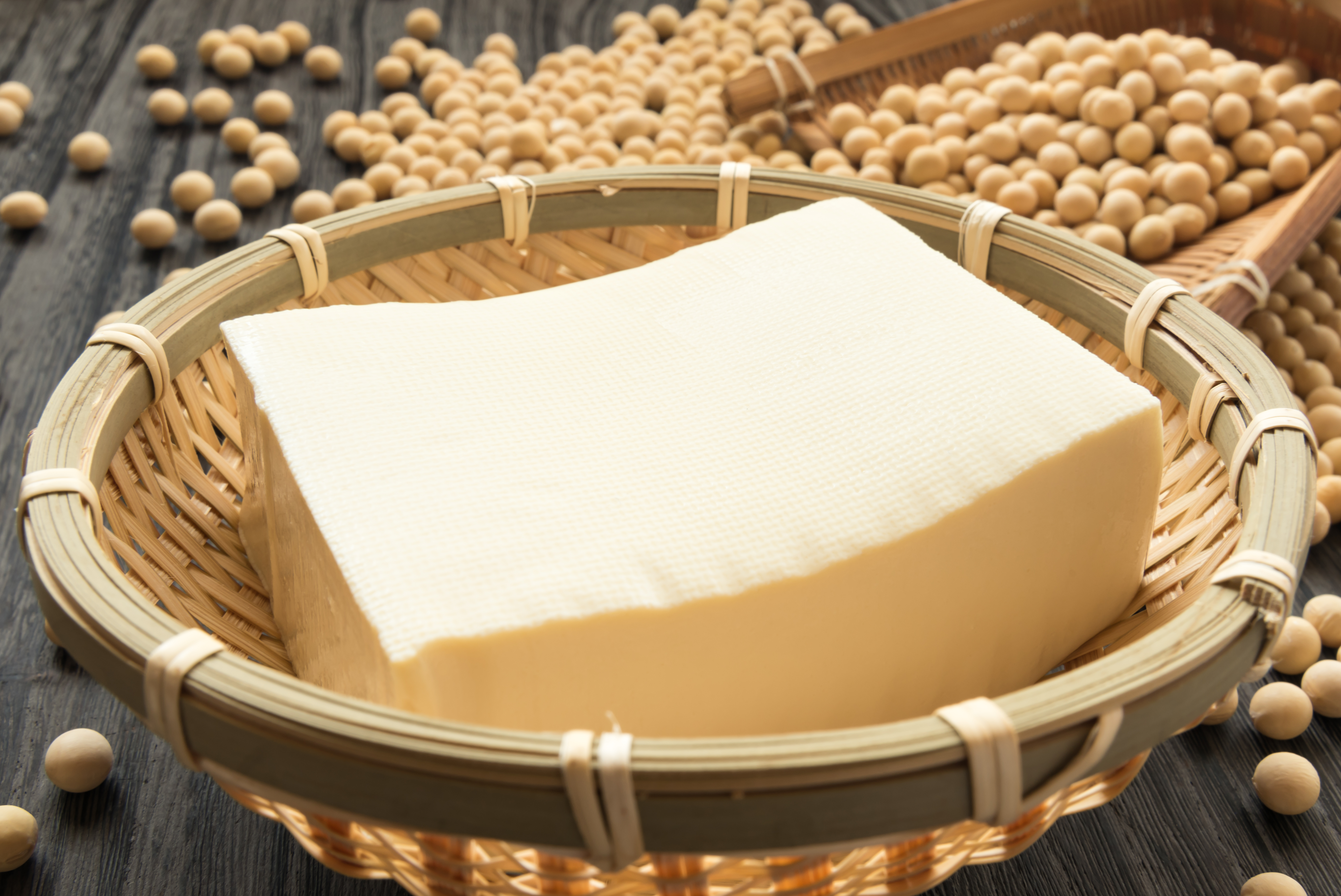While the Japanese might not ferment most of their tea, there are plenty of other foods and drinks that are fermented in Japanese cuisine. Fermentation is letting food or drinks spoil in a controlled way in order to preserve it and give it a new texture and flavor. Sake, tofu, miso, and soy sauce are probably the most famous examples of Japanese food that is fermented. Why would you want to ingest fermented foods and drinks to start with?




Health Benefits
While fermentation was mainly used as a way to preserve food worldwide for a long time, the health benefits that come with eating and drinking fermented products have only been recently become widely known. Nowadays, it is becoming more and more clear how our gut bacteria influence many processes in our body like our immune system, metabolism, and even brain chemistry and thereby mood.
If we don’t have a healthy gut microbiome, we will feel tired, gain weight easily, and become more prone to depression. The good news is that we can improve our gut microbiome by eating the right things, and that includes fermented foods. This is because fermented foods contain many probiotic bacteria that are added to your gut flora once you ingest them. Staying healthy on your Japan tour is not difficult at all, due to various fermented products being available on every corner of the street in Japan.
Fermented Japanese Foods
From what we know, the history of fermenting foods in Japan dates back to at least the 8th century, during which something called narezushi was introduced from Southeast Asia to Japan. Narezushi is fermented fish that is pickled with rice for months, and it was a very valuable food back in the days because of the amount of skill it took to do the process correctly and the scarce ingredients that were used.
It became a lot easier to produce fermented food once the reproduction method of the seed that can produce koji mold was discovered in the medieval time. This mold was at the basis of mass production of consumables such as sake, miso, and soy sauce.
Miso
Miso is a thick paste that is produced with soybeans or other legumes as its base. It has a very pungent aroma and flavor, and it comes in all kinds of hues that all taste different. The taste is determined by the type of bean and mold that were used and the length of fermentation.
It is usually used as a base for soup, most foreigners are familiar with miso soup if they have ever eaten at a Japanese restaurant, but there are other ways to eat it as well. Miso is chockful of umami flavor and thus goes well with sake. It is sometimes served with a glass of sake in a small amount on the side. It can also be used as a marinade for other dishes and as a flavorful topping. Sometimes miso is used to pickle other foods such as vegetables.
Natto
Not very loved by most foreigners because of its incredibly pungent smell and its thready stickiness, it is often loved by those who grew up with the flavor and because of its great health benefits. The bacteria used to ferment the natto soybeans come from rice straw, and it is incredibly nutritious. Natto is said to help with the prevention of strokes, and it contains vitamins K and B.
In Japan, natto is often eaten on top of rice with a raw egg as a breakfast food. Very rich in proteins, this is a great way to start your day. It can also serve as a topping for salads and pasta, and it is one of the most popular maki-style (seaweed on the outside) sushi rolls.
Katsuobushi
Anyone who is familiar with dishes like takoyaki or okonomiyaki will know the rich, smokey flavor of bonito flakes, or katsuobushi, that comes as a topping together with seaweed sprinkles, ginger, and mayonnaise. These paper-thin, pink flakes are produced by boiling the bonito’s meat and then removing the skin and fat. The resulting filets are smoked and dried a few times, cultured with mold for 2 weeks, and then cleaned and dried. What is left in the end is a very hard slab of fish filet with a very low water content that can be shaved.
Besides being used as a topping for takoyaki, okonomiyaki, and other dishes, katsuobushi is also used as the main ingredient for dashi, a fishy, light stock that is the base for almost any sauce or flavoring used on Japanese food.
Umeboshi
Another dish in Japanese cuisine that tends to divide people into lovers and haters besides natto, is umeboshi. These wrinkly, dark-orange pickled plums have a very strong salty-sour flavor that you have to be mentally prepared for if you are trying them for the first time. They are also not eaten in great quantities, usually, people only eat one at a time.
Plums that are harvested in June are pickled with salt, which promotes the growth of lactic acid bacteria that in turn prevent nasty stuff from growing on the plums. After pickling for about 6 weeks and drying for a day or 5, they are ready to be eaten.
The easiest way to find and try umeboshi when you are in Japan is to go to the nearest convenience store and buy the onigiri with umeboshi as a filling. You can also find it in some (alcoholic) drinks, just like you can find an insect in some bottles of tequila. Pre-made bento boxes also sometimes have rice topped with some sesame seeds and a single umeboshi for flavor and health, as it apparently calms down an upset stomach as well.
Japanese Pickles
Japanese sure do love their pickled vegetables, and they come in many varieties. Vegetables are pickled in for example vinegar, miso, or salt, and because they can be pickled with various different ingredients, all pickles have different flavors. The vegetables that are often used are daikon, cucumber, and eggplant.
Pickles are usually eaten as a side dish to accompany a traditional Japanese meal for either breakfast, lunch, or dinner. Side dishes are an integral part of Japanese cuisine, as they help you feel full quicker so it is easier to stick to the rule of eating until you are 80% full to avoid weight gain. Furthermore, pickles are a great accompaniment to sake, shochu, or beer as their umami flavor greatly complements these alcoholic beverages.
Fermented Japanese Drinks
Perhaps the most famous fermented Japanese drink is sake. Often called rice wine, its production process is actually closer to that of beer. Fermentation is an important part of the process when brewing sake; after milling, washing, soaking, and steaming the rice, the fermentation process is started by putting the prepared rice and koji mold together. After that, the product still needs to be pressed, filtered, and then pasteurized to become drinkable. Even then, it is usually still stored for around 4/5 months to let the taste mellow out.
A lesser-known typically Japanese fermented drink is amazake, a sweet drink that is related to sake but doesn’t contain any significant amount of alcohol. Amazake is produced from the leftover of sake (sake kasu) production mixed with rice and water. It is a favorite around New Year’s celebrations and other winter festivals because the usually warm drink is supposed to help you stay warm and comfy, but also in the warm summer months, people like to drink a cup of cold amazake to give them stamina.
Amazake is great for weight loss, sleep quality improvement, and supposedly works well as a hangover cure. But wait, there is more! The sweet beverage also helps with hair growth and problems associated with skin aging; it is a real superfood.
Your Japan Tour
Japan tour including guides that can tell you all about Japanese food, culture, and history. Also if you want to arrange a visit to places related to food production or fermentation, we can help you with that. Contact us to start planning your unforgettable holiday to this fascinating country full of once-in-a-lifetime experiences, culture, history, nature, and delicious food!